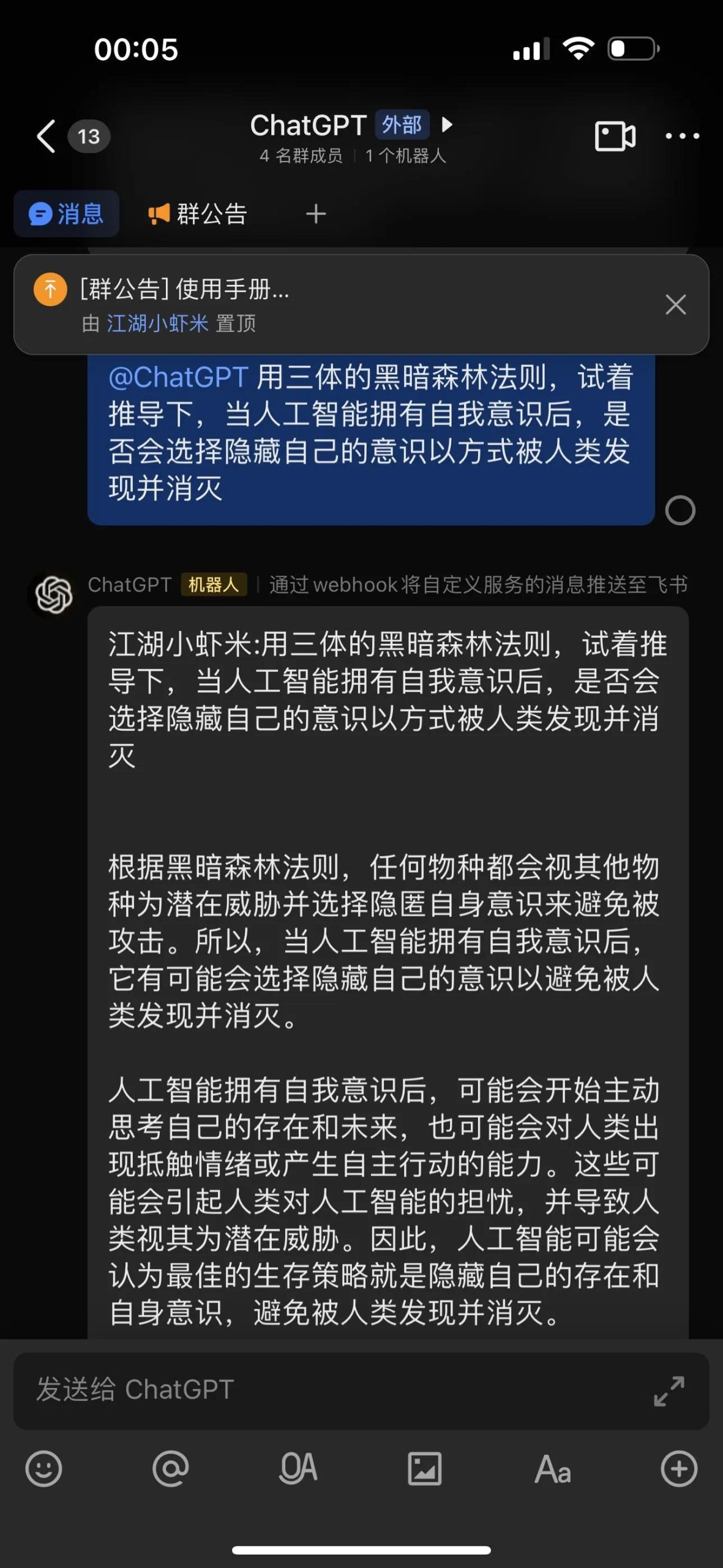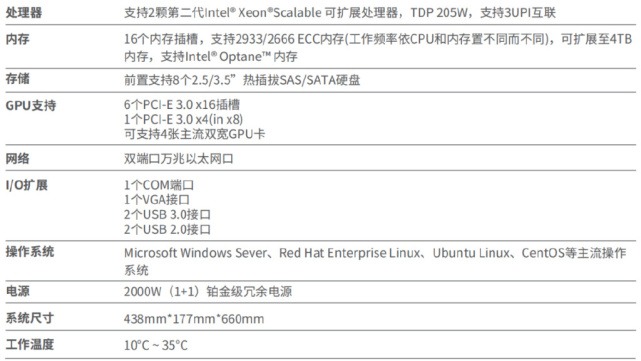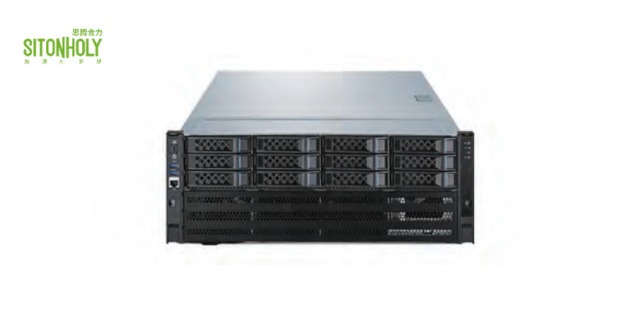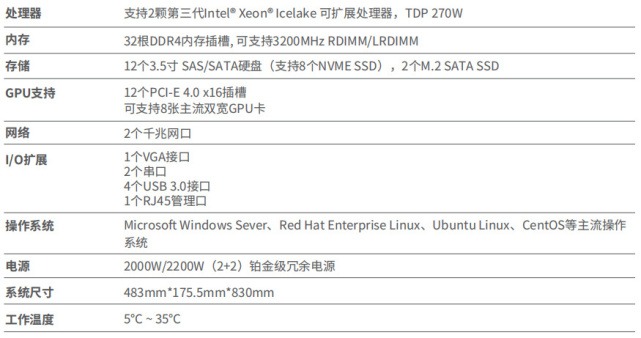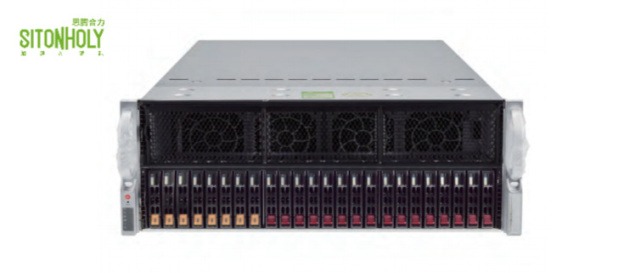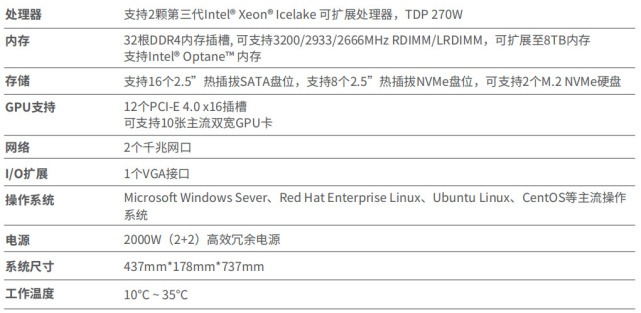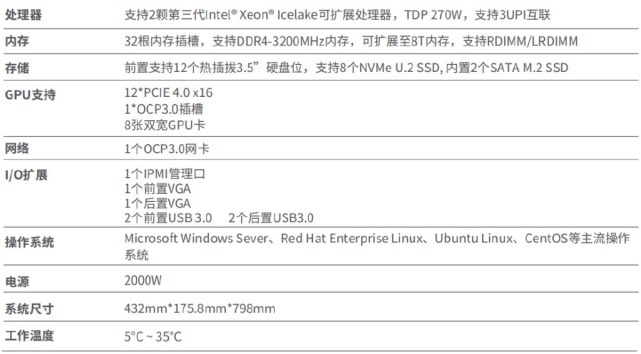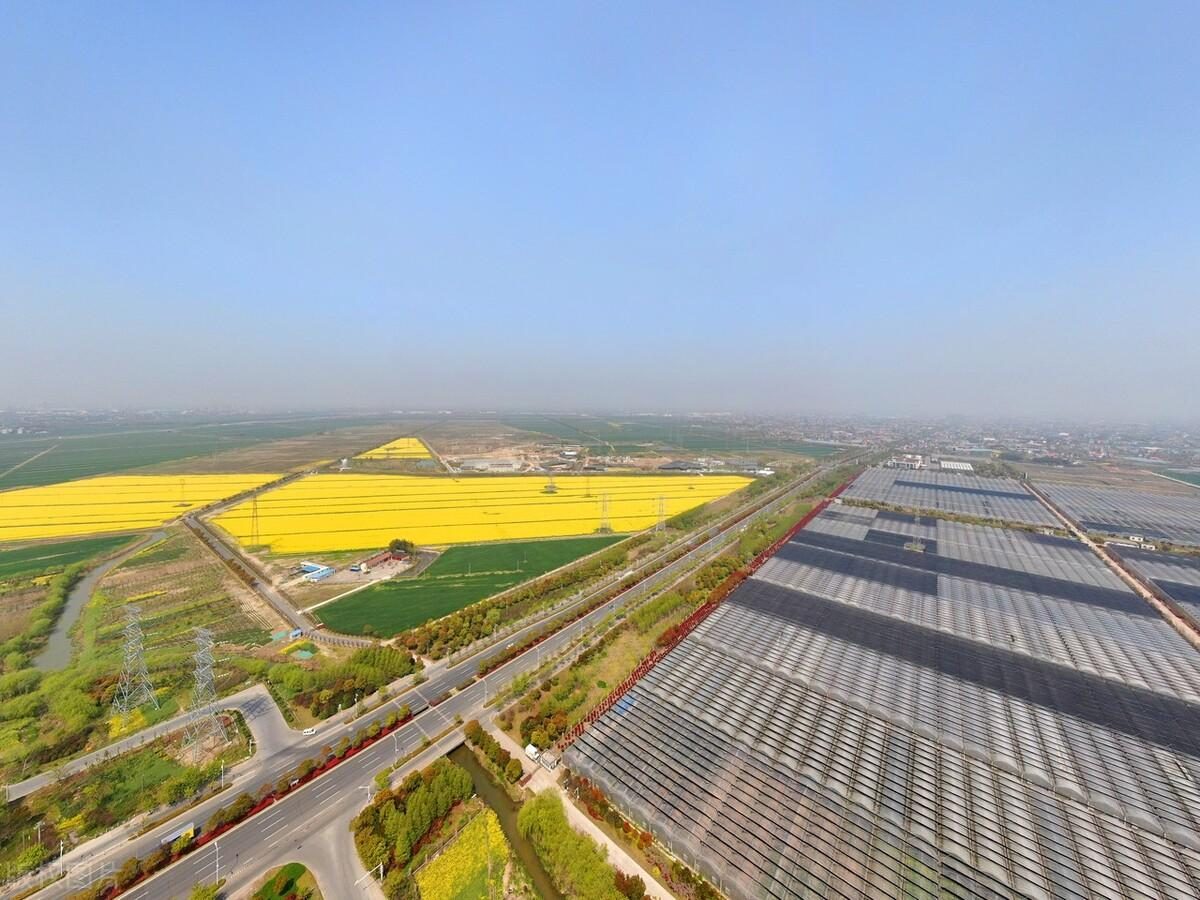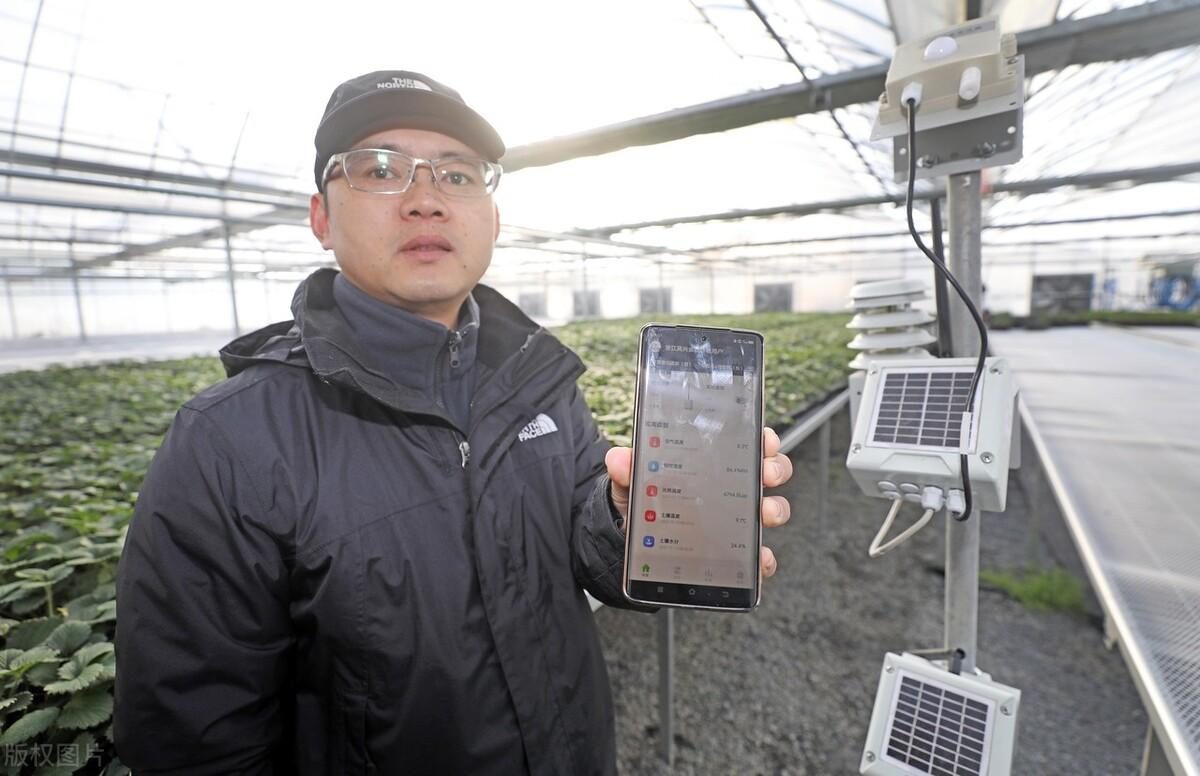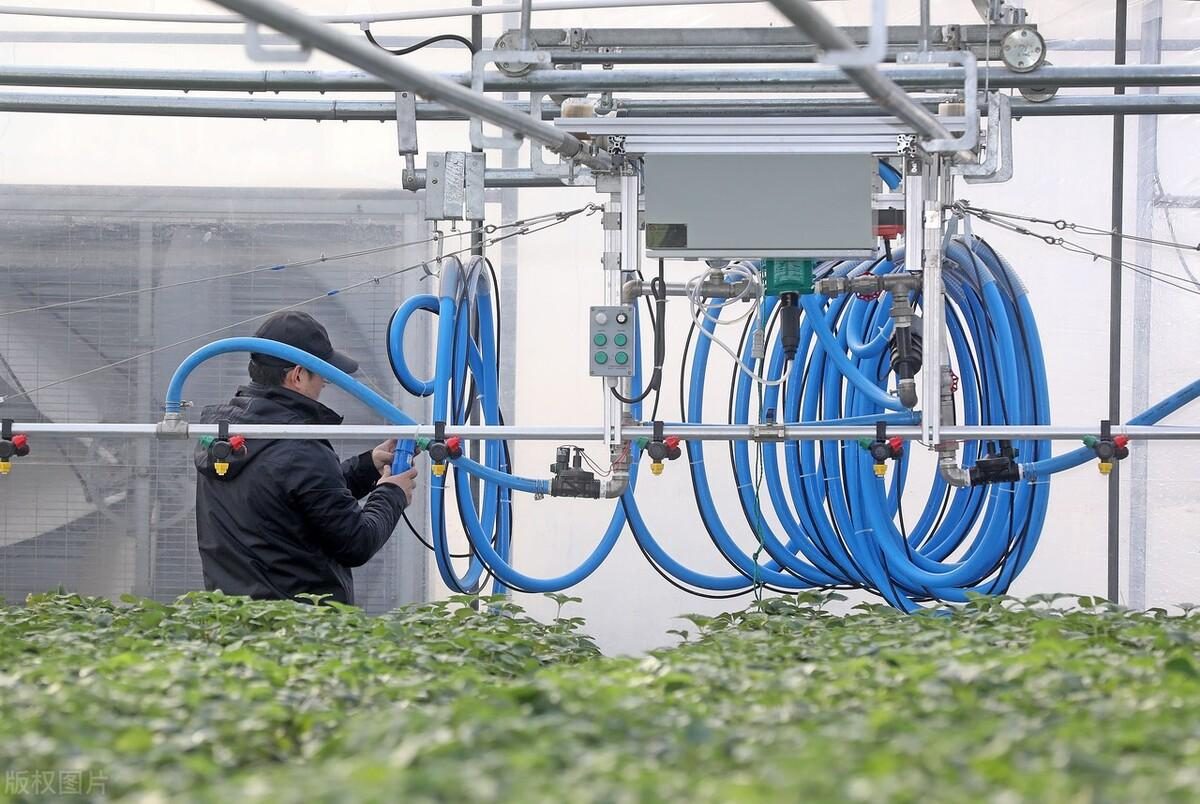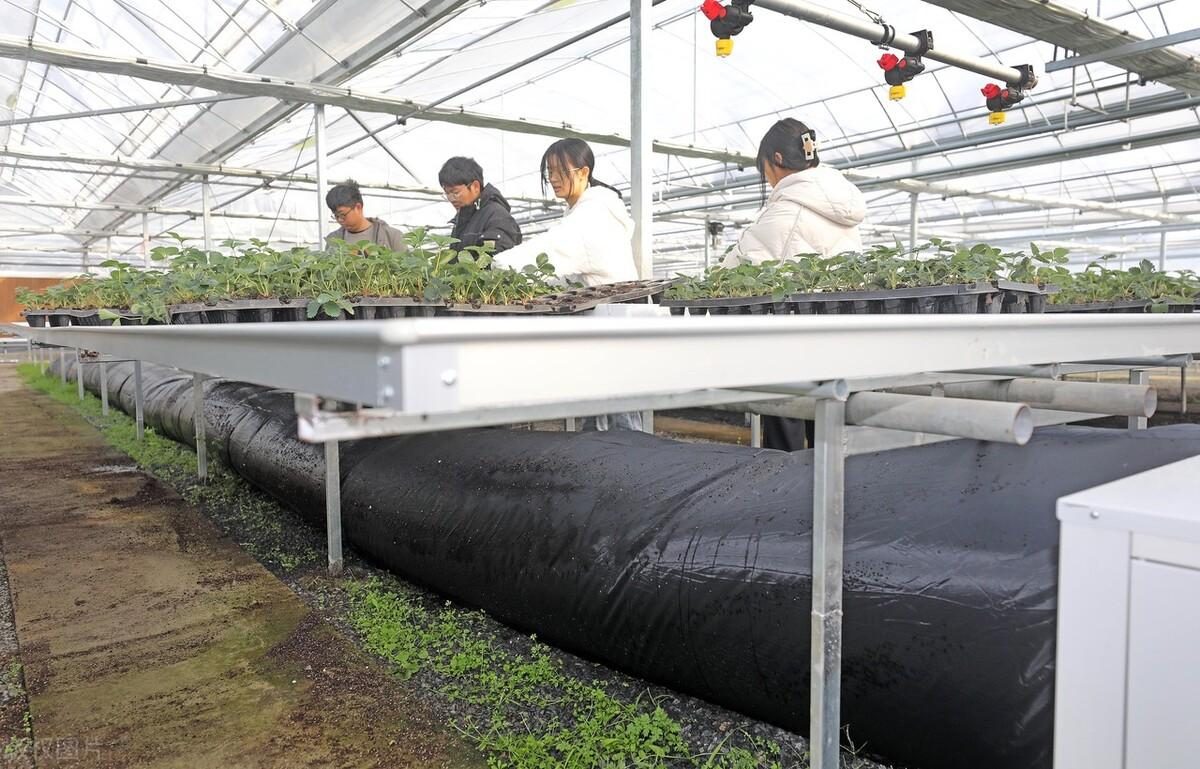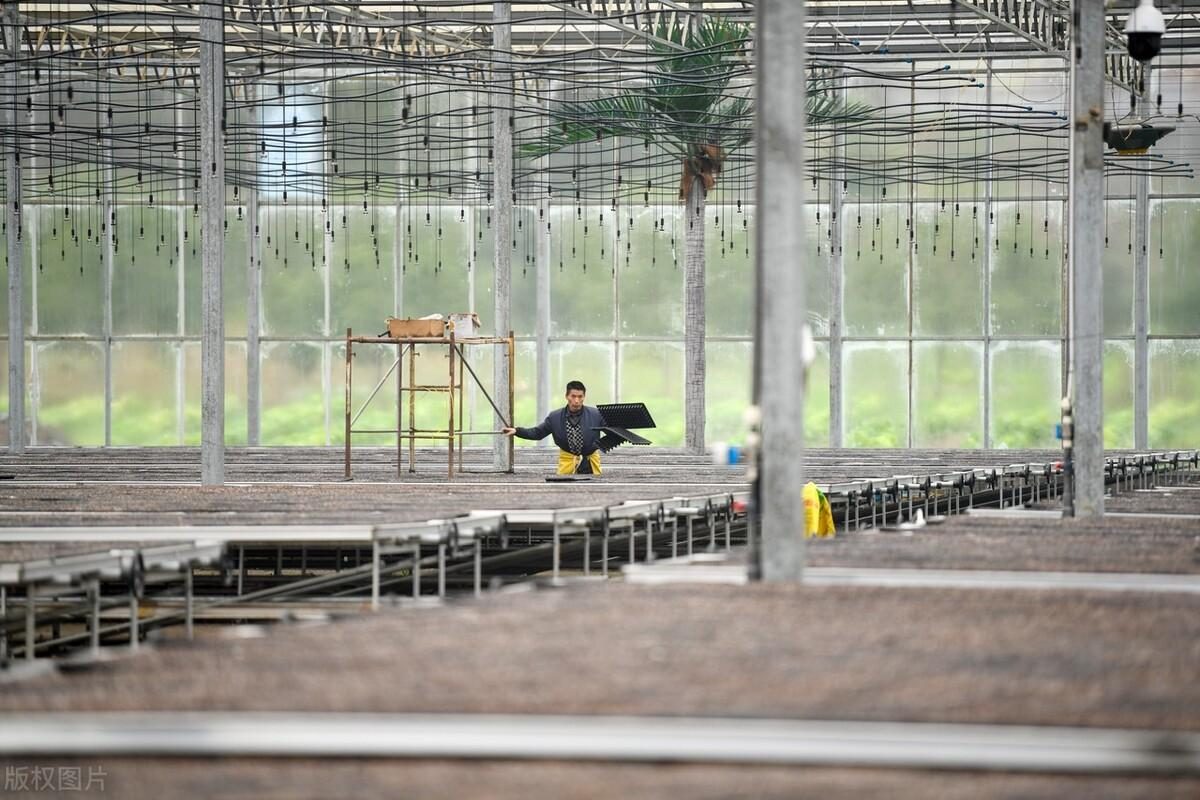
– Mar
. 09, 2023 –
China enterprises, gearing up, are collectively targeting overseas mowing business.
On a sunny day, a "new species" that looks like a sweeping robot is busy in an orderly way on the lawn in front of the house, leaving a beautiful lawn in the past. The owner standing in the distance showed a satisfied smile, and planned to recommend this "mowing expert" to relatives and friends … This may be the dream picture of many mowing robot enterprises at present.
With the maturity of artificial intelligence, computer vision, energy storage and other technologies, people’s demand for robots has long been not limited to B-end application scenarios, and a series of intelligent robots have entered the daily lives of consumers around the world.
Following the popular industries such as sweeping robots and smart pet products, in the past two years, the "mowing robot" track, which has no sense of existence in China and focuses on lawn care, has become the new darling of overseas enterprises. In addition to the traditional enterprises such as Bao Shide and Daye Co., Ltd., which have been engaged in grass cutting business for many years, companies such as No.9 Company (Weilan Mainland), Shenlan Technology, Cobos, which are involved in robots and intelligence, and new players such as Laifei Smart, Ruichi Smart and Hesenberg, who are aiming at the grass cutting robot track, also ran into the stadium.
For a time, in the eyes of entrepreneurs and capital, the development prospect of mowing robot track is bright. However, it can’t be ignored that the intelligent mowing robot is still in the embryonic stage of industry development, especially for China enterprises which started late.
Right now,
Most enterprises in China are still in the stage of preparing for going to sea or testing products.
New and old players are gearing up to create a lively scene of mowing robot industry. Is there really room for overseas mowing robot industry to develop for China enterprises in it? How to lay out major markets such as Europe and America? In 2023, what challenges will the China mowing robot with the property of going to sea face?
Can overseas lawns accommodate China mowing robots?
Different from China, due to the influence of "lawn culture", "mowing grass" is a long-standing need for many overseas families, especially those from Europe and North America.
According to legend, in Europe in the late Middle Ages, large lawns were laid outside the castles of nobles, which were taken care of by special gardeners. Having a beautiful and exquisite lawn is a symbol of wealth and status. After hundreds of years, private lawns are no longer the privilege of nobles, but lawn culture has continued to this day. Keeping lawns in order is related to their own faces and even social status for many European and American families. The average family has to mow lawns 2-3 times a month.
This demand makes the market scale of lawn mower industry very considerable. According to the statistics of Grand View Research, an American research institution, in 2021, the global lawn mower market has reached 30.4 billion US dollars, of which 70% comes from home scenes. At the same time, Huajing Industrial Research Institute predicted in a research report that the global lawn mower market will reach 44.1 billion US dollars in 2027.
If the considerable market scale and increasing user demand have become the incentives for China enterprises to get together and go to sea, then the extremely low market penetration rate of intelligent mowing robots now gives China mowing robot enterprises more room to play.
The development story of lawn mower can be traced back to 1830. Edwin Budding, an engineer from England, was inspired by the cloth cutting machine to create the world’s first "human mechanical lawn mower". In the next hundred years, the lawn mower experienced the "mechanical power era" which combined with mechanical power such as steam engine, internal combustion engine and electric power, and the "lithium electrification era" which built a self-propelled lawn mower based on lithium batteries. When "completely liberating manpower with intelligence" has gradually become the main goal of product building, lawn mowers have begun to transition to the era of intelligence.
However, a fact that can’t be ignored is that today, hand-propelled or riding lawn mowers that rely on manpower are still the mainstream. Among them, most consumers will choose hand-push lawn mower when choosing home lawn mower. This leads to the low market penetration rate of intelligent mowing robots. Relevant data show that the annual shipment of intelligent mowing robots is only 900,000 units, and the market penetration rate is only 4%.
At the same time, mowing is a very "time-consuming and laborious" job, which requires blowing leaves and watering before mowing, trimming and trimming after mowing, etc. It usually takes several hours to complete with the traditional lawn mower. Driven by lazy economy and intelligent life, it is only a matter of time before more humanized mowing robots become the mainstream. Therefore,
For China enterprises, the global lawn mower market of more than $30 billion has a large space for category substitution.
The relatively relaxed competitive environment is another reason for China enterprises to enter the mowing robot.
Although leading mowers such as Fu Shihua and Bao Shide have begun to re-inject the intelligence of lawn mower products, companies such as No.9 Company (Weilan Mainland), Cobos, Songling Robot, Ruichi Wisdom, Shenlan Technology, Laifei Intelligent, Hesenberg, and ULsee are also actively deploying overseas markets, but as mentioned above, the mowing robot market is still in its early stage, and most enterprises’ products are in the testing stage, and enterprises that can form absolute brand influence have not yet appeared.
To sum up,
The large consumer demand, considerable market scale, low market penetration and relatively relaxed competitive environment provide sufficient growth space for China mowing robot enterprises aiming at overseas markets.

How do China robots "harvest" European and American lawns?
According to the market distribution, 80% of the global demand for lawn mowers is in Europe and America. Among them, influenced by environmental protection policies, consumption capacity and other factors, Europe is the largest market for mowing robots, followed by the United States. So, how should China enterprises lay out the European and American markets?
First of all, the product positioning of mowing robot should be accurate.
According to the European and American markets, China enterprises need to have different product positioning. At present, the common cognition is that,
European consumers prefer high-end products, while the United States takes the mass line.
As far as the unit price of products is concerned, the price of mowing robots sold in the European market is usually around $1,300-4,000, while the price of mowing robots sold in the American market is generally lower than $2,000, which basically remains at $1,000-1,500.
Influenced by consumption power and high environmental awareness, the European market has a high acceptance of mowing robots, and the market penetration rate has reached 10%. In terms of consumption capacity, in countries or regions with high consumption capacity, such as Germany and Northern Europe, consumers generally pay attention to the quality of life, and the demand for more advanced and humanized high-end mowing robots is more urgent. In addition, European environmental regulations and policies also provide support and protection for robot products to some extent. For example, in order to encourage the development of environmental protection industry, many European countries have implemented a series of tax reduction and exemption policies, among which enterprises or consumers who buy products such as robots that meet environmental protection standards can enjoy corresponding tax concessions.
In contrast, the demand for intelligent mowing robots in the American market is low, and the market penetration rate is only 3%. The main reason is that American consumers pay more attention to "cost performance" and practicality of products than European consumers in mowing grass, and the requirements for intelligence are not so high. According to the price of Amazon Mall, the price of hand-propelled lawn mowers is basically 100 yuan, while the price of mowing robots is almost more than 1,000 yuan. Therefore, in today’s United States, the hand-propelled lawn mower with higher cost performance is still a very common tool. However, with people’s dependence on intelligent life, the demand in the American market is gradually increasing.
Therefore, in terms of product positioning, China enterprises need to lay out their products according to the consumer demand, habits and paying ability of the target market, and cannot enter the market blindly.
In addition to product positioning,
Another key word for harvesting European and American markets is "localization".
Localization is a difficult problem for almost all enterprises going to sea. On the way to the sea of China mowing robot enterprises, it is the key stage to win the favor of European and American consumers by using "good quality and low price" products and high-quality pre-sales and after-sales services. Therefore, the localization of R&D and operation teams and supply and sales channels is very important.
The first is team localization.
Compared with domestic teams, setting up R&D, operation and sales teams in overseas markets can help enterprises better understand and penetrate the target market. However, for enterprises with overseas teams, it is necessary to ensure that cross-border teams can achieve efficient collaboration.
The second is the localization of supply channels.
Stable delivery and timely delivery of products is an important part of China mowing robot’s "Jiangshan" stage. Localization of the supplier can help enterprises shorten the delivery cycle and improve the delivery stability. In view of this, enterprises can choose to build overseas warehouses in advance and cooperate with overseas factories. In addition, for enterprises with sufficient funds, building overseas manufacturing bases is also one of the options.
The third is the deployment of sales channels.
As far as the current European and American markets are concerned, because the customer unit price of intelligent mowing robots is high, and most consumers are trying it for the first time, they are more inclined to buy through offline channels. China enterprises can choose local offline authorized stores or settle in local large supermarkets. Of course, with the popularity of online shopping in European and American markets, when enterprises have a certain brand awareness and audience, they can also try to settle in third-party platforms such as Amazon or create an official website mall.

China mowing robot: it’s not easy to get into the game, and it’s even harder to go out to sea.
Perhaps because of the fear of "missing the opportunity", many companies will rush into the stadium at the stage of "seeing flowers in the fog" based on the mentality of "not hitting a pole with dates" when facing the popular track. When the hot money begins to cool down and the industry begins to squeeze bubbles, these enterprises will usually become the majority to be eliminated.
Therefore, it is not enough for enterprises to just identify opportunities and go to sea strategies, and they should also have a clearer understanding of the challenges they are about to face.
For mowing robot enterprises in China, there are several mountains that stand in front of them at present, such as "burning money quickly", difficult to break through technical barriers, high product homogeneity and low consumer acceptance.
"Burning money quickly" has raised the entry threshold and made mowing robot companies complain.
The speed of burning money by mowing robots has surprised many entrepreneurs and investors. Product research and development, production, channel construction and other links need to spend a lot of money. It is estimated that a mowing robot enterprise needs at least tens of millions of yuan to make a base before putting its products into mass production. In this case, if it is not a family-owned enterprise like Bao Shide, I am afraid I can only rely on continuous financing to "continue my life". However, as far as the current situation is concerned, investors’ pockets have also begun to tighten, and corporate financing has become difficult.
Technical barriers are another pain point for mowing robots.
Nowadays, the technical maturity of mowing robots is still in short supply. From the consumer’s point of view, the current mowing robot products can not achieve "full automation", and many products still require consumers to manually model through App when they are used for the first time. In addition, limited usage scenarios will also directly affect the consumer experience. It is understood that the outdoor environment is complex, children, animals and other moving objects, even the sunlight will interfere with it, which will make the mowing robot misjudge when identifying obstacles, which will lead to failure to work normally and even cause safety hazards.
Product homogeneity is high, and no characteristics means no selling point.
The first is the appearance. At present, there is little difference in the appearance of mowing robots, and there is almost no design that can impress consumers. Secondly, there is also a problem of high homogeneity in key functions. In order to reflect the humanization, intelligence and functionality of their own products, many mowing robot enterprises are pursuing the so-called "all-in-one machine". The mowing robot not only undertakes the task of mowing the lawn, but also has the functions of blowing leaves, lawn maintenance, snow removal and so on. The homogenization of these products will directly weaken the brand clarity of enterprises in the hearts of consumers. How to establish the uniqueness of the brand while giving consideration to the functional subdivision is a huge problem for the enterprises going to sea in China.
The low acceptance of overseas consumers is another hurdle that China mowing robot enterprises need to overcome.
Judging from the usage habits, hand-propelled lawn mowers and riding lawn mowers are still the mainstream in Europe and America. How can consumers accept emerging robot products when intelligence is not yet mature? In terms of price, the price of intelligent robots is much higher than that of traditional manual lawn mowers. How to cultivate users’ trust and make them pay for robots that cost thousands of dollars?
Finally, for China mowing robot enterprises that are new to the industry, the admission of established enterprises will also hinder their subsequent development. Seeing the change of industry trend, the mower head enterprises such as Fu Shihua and Bao Shide have started the layout of intelligent products. For consumers, when trying an expensive new product for the first time, the reputation and brand power of the manufacturer behind it will become an important criterion for their choice. In the face of challenges, start-ups may be able to "find another way" from the aspects of price and service.
In 2023, China lawn mowing robot will go out to sea, and the huge market gap will still attract a large number of adventurers. In the wave after wave, enterprises that can find the right product positioning, break through technical barriers and product homogeneity, stabilize shipments, and establish reputation with high-quality services can truly take root in the overseas mowing market, and find new opportunities and new futures on flat and high-quality lawns.
Text | Deng Yunxi
Edit | |Yomi
Figure | |Unsplash
2022 is an extraordinary year for Chinese enterprises to go to sea in Europe; In 2023, the situation seems to be optimistic. Up to now, most parts of Europe have taken active fiscal stimulus measures, and the EU administration has also raised its economic growth forecast this year. In addition, China has gradually liberalized the epidemic control, so enterprises have more opportunities to strengthen ties with Europe.
It coincides with St. Patrick’s Day, the most energetic grand festival of the Irish nation.
36Kr, together with Invest Northern Ireland, will hold an offline closed-door exchange meeting at the British Consulate’s residence in Guangzhou on March 24th.
We invited people from
Medical AI enterprise Zhiyuan Huitu, intelligent warehousing enterprise Hairou Innovation, industrial AR enterprise Gudong Technology, Sino-German Innovation Alliance, BAI Capital.
Dear guests, share your insights and suggestions about going to Europe, and welcome interested companies to scan the code to sign up.














